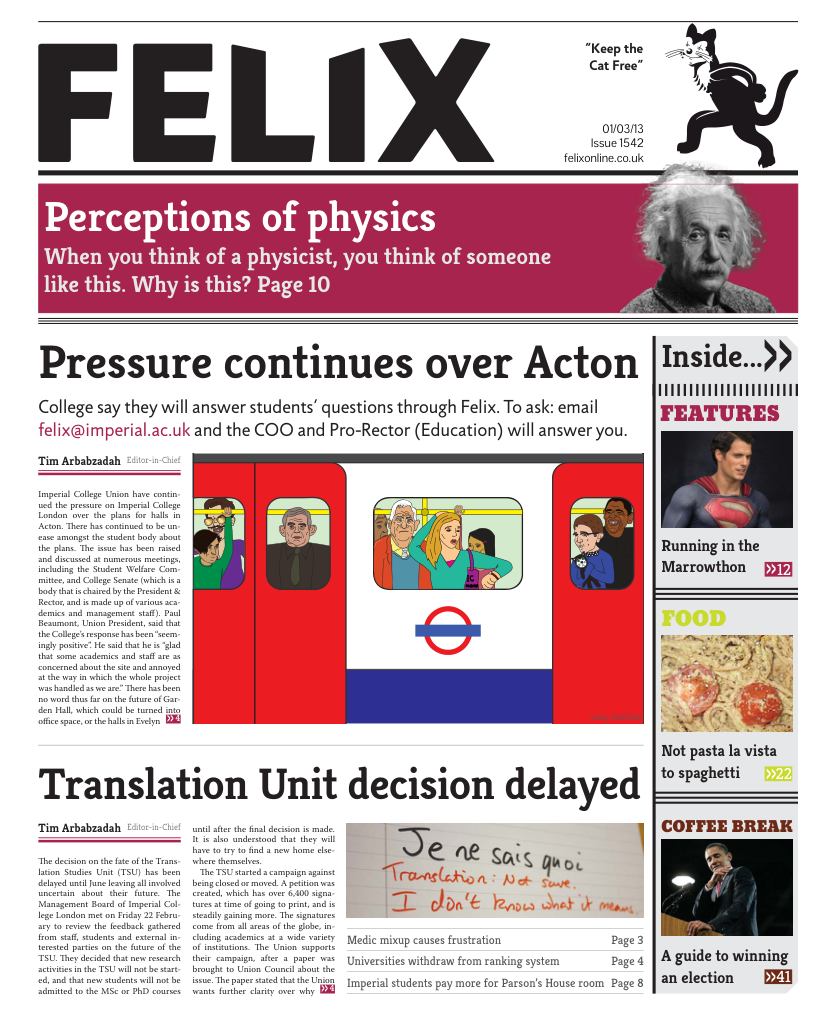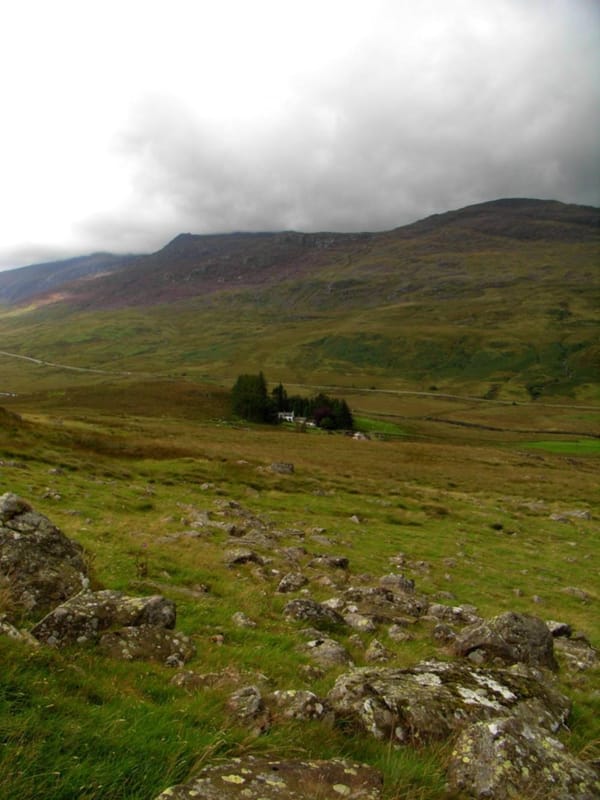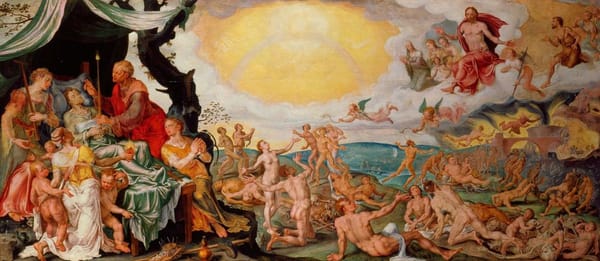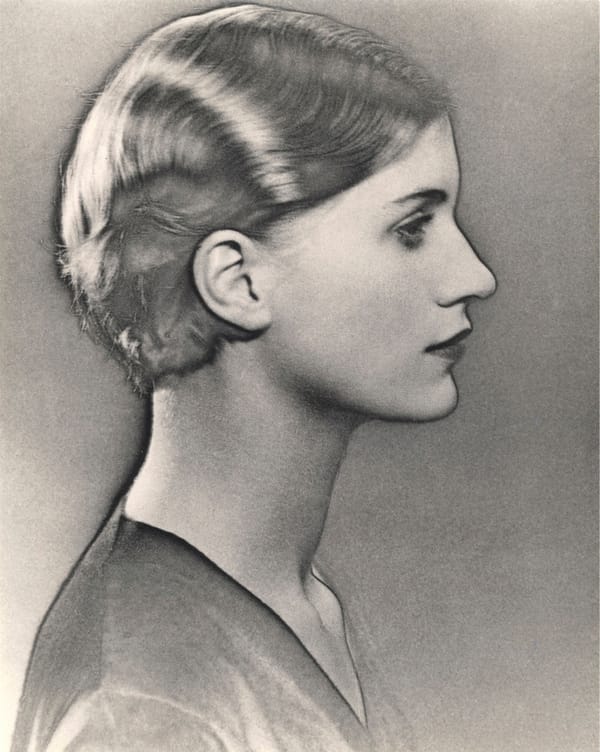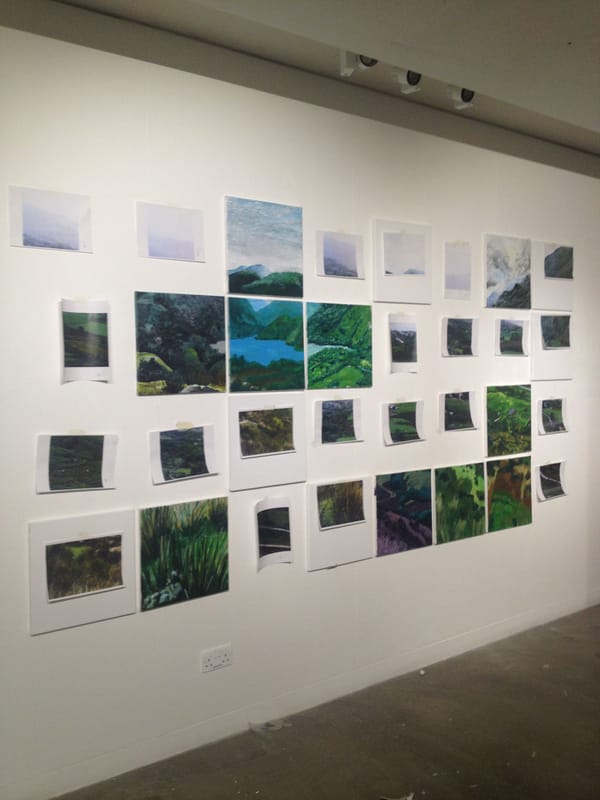The Imperial Fringe puts on a banging show
Fred Fyles on the interplay of arts and science, and why arts is important in the modern world
What happens when two worlds collide? This is the question Imperial Fringe attempted to answer last Thursday, when they put on The Arts Experiment, a series of exhibits exploring the close links between art and science. By explaining the science between many of Imperial’s favourite pastimes the organisers were able to show that the worlds of culture and research were a lot closer than many of us may think.
At the heart of the event lay Imperial’s student societies, who teamed up with researchers in order to answer thought-provoking questions such as “How do dancers keep their balance?” This question was answered by neurologist Dr. Barry Semmungal, who measured the brain activity of members of both IC Dance Society and IC Rowing in response to spinning in circles. It turns out that dancing had led to the brain adapting to conditions that might cause dizziness. Who knew?
Although these questions may not seem like the basis of vital scientific research, one of the beauties of the event was how it showed that attempting to answer such simple questions has led to many fascinating scientific discoveries. And the exhibition did not just deal with scientific research. Both the IC String Society, and the Chamber Music Societyexplored the physics behind music, showing us how vibrations in a cello’s strings can translate into a beautiful melody. This explanation of the science behind the arts exemplifies how closely the two are linked. It needn’t be one or the other.
The arts can be an extremely useful medium for getting the public more interested in science, a proposition currently being explored by Beautiful Science, which promotes collaboration between artists and biomedical researchers. Developments in biomedical science, particularly in imaging technologies, has led to incredibly stunning images coming out of the research lab, which can then be used to encourage people to read about the sciences. Their exhibit included not only pieces of art, but also gave visitors the chance to create their own through paper marbling, which relies on the special properties of inks and paints. While my own attempt was a far cry from Picasso or Pollock, the display showed how science can help the artist create gorgeous images.
Other displays showed us that, thanks to cutting edge scientific research, the future is now. The Music Technology Society were exhibiting the Retractable, a musical table that produced sounds depending on which blocks were placed upon its surface. Such developments help us explore how music may be produced in the future, as computers become more and more integral to the arts; just over a year ago Icelandic musician Björk released Biophilia, which features a series of apps exploring the subjects of the songs, making it the world’s first ‘app album’. The way music is being made is changing, and the Fringe shows us just how exciting the developments can be.
Personally, my favourite exhibit was Nao, a dancing robot whowas clothed in spray-on textiles by IC Fashion Society. Its balance may have been a bit precarious, but Nao was able to both dance on its own, and copy the dance moves of the audience, making for some amusing interactions. The spray-on clothing, developed at Imperial College, was also particularly interesting, as it displayed a technology that has an enormous potential both in fashion and in medicine. Its use in design is something that could become more and more popular in the coming years.
We are currently living within a political climate where the arts are under attack. As the government tries to reduce the deficit, their first targets for austerity measures are often culture and the arts, with some councils cutting arts funding completely. These actions, combined with the increased focus on getting students interested in science, have led to a culture in which arts and science are often seen as competitors. This should not be the case.
Imperial Fringe have shown us just how much these two worlds can have in common, and how vital the arts can be as a source of inspiration for science. If the government’s radical measures continue, we could soon be left in a world where culture no longer flourishes, and this Arts Experiment has shown us some of the amazing things we could miss out on.


